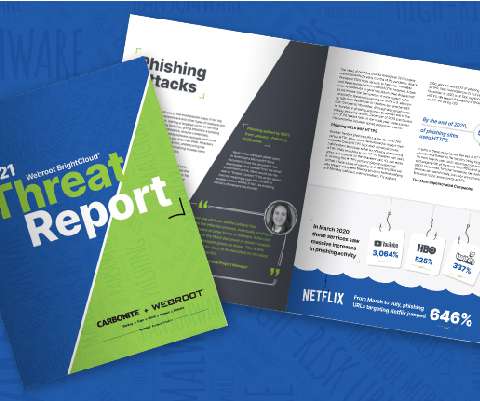2022: The threat landscape is paved with faster and more complex attacks with no signs of stopping
Webroot
JANUARY 7, 2022
Threats abound in 2021. In 2021, we witnessed so many competing shifts, many of which we detailed early on in our 2021 BrightCloud® Threat Report. Below, our security experts forecast where the main areas of concern lie in the year ahead. Malware made leaps and bounds in 2021. Ransomware.













Let's personalize your content